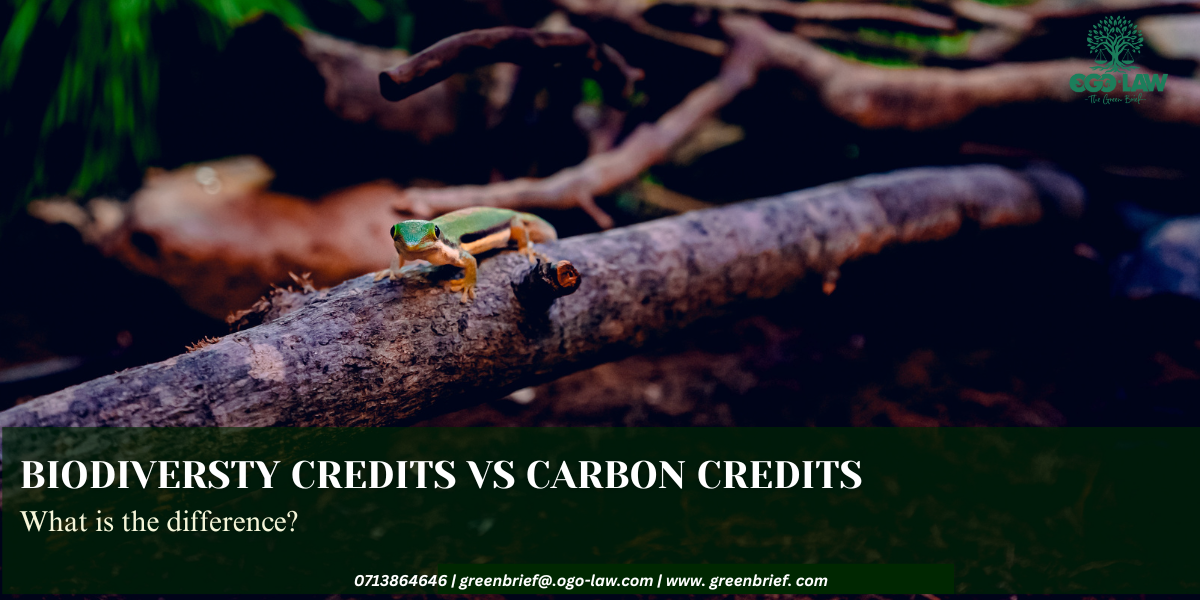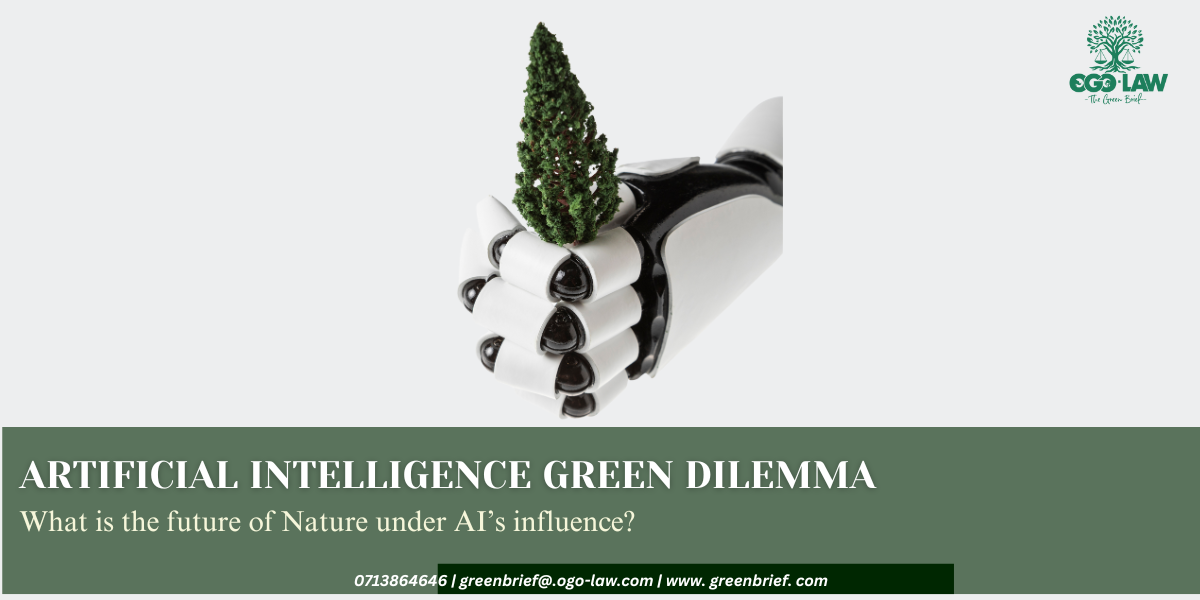In the world of conservation finance, there’s been a lot of talk about credits ,and no, not the mobile data kind. We’re talking carbon credits and the new kid on the block: biodiversity credits. They sound fancy, and they often come wrapped in promises of saving the planet while unlocking millions of dollars. But what are they really? How do they work? And is Africa; home to some of the richest biodiversity and most exploited carbon sinks actually benefiting from any of this? Let’s break it down.
So first: carbon credits. These have been around longer. In simple terms, carbon credits are a kind of permission slip so that companies or countries that emit carbon can “offset” their emissions by paying someone else to reduce or absorb carbon on their behalf. That “someone else” is often a forest, a mangrove, or a land restoration project somewhere in the Global South. One credit equals one tonne of carbon dioxide avoided or removed. It’s like saying, “I polluted here, but I paid for someone to plant trees over there, so we’re good.” Spoiler: it’s not always that simple.
Enter biodiversity credits. These go beyond carbon. They aim to assign financial value to protecting or restoring nature itself , not just for its ability to store carbon, but for being… well, alive. A biodiversity credit rewards a landowner, community, or government for keeping an ecosystem thriving , protecting species, keeping pollinators buzzing, rivers flowing, and habitats intact. Instead of being tied only to carbon emissions, these credits try to capture the value of nature’s full beauty and complexity. Think of it as saying, “I conserved this wetland, not because it stores carbon, but because it’s home to endangered birds, supports livelihoods, and filters our water.”
The key difference is in what’s being measured. Carbon credits focus on one thing: carbon. Biodiversity credits consider many things from species richness to ecosystem health and habitat condition. That makes them harder to measure and standardize, but potentially more honest and holistic. Nature isn’t just a sponge for carbon ,no, it’s a whole living system. Carbon credits ask, “How much carbon did you save?” Biodiversity credits ask, “How much nature did you preserve?”
Now, here’s the tricky bit. Carbon markets are already full of problems; from dodgy accounting to double-counting and exploitation of local communities who rarely see the promised benefits. Biodiversity credits risk repeating those mistakes if we’re not careful. Measuring biodiversity is complex. You can’t just stick a satellite over a forest and count how many lions are thriving. And who decides what nature is worth? A bee in Samburu? A rare fern in Kakamega? A mountain gorilla in Uganda? Assigning value to something so deeply cultural, spiritual, and interconnected is no small task.
So are they worth it? The answer is: they could be. If designed well, biodiversity credits could unlock funding for communities who are already doing the hard work of conserving nature. They could shift the conversation from “what can this forest do for global emissions?” to “how do we reward people for keeping ecosystems alive?” In places like Kenya, Tanzania, and Madagascar, where biodiversity is not only beautiful but deeply woven into culture and survival, this shift is crucial.
But , and it’s a big but ,the funding model is still shaky. There are pilots, frameworks, and lots of shiny white papers, but very few fully functional, transparent markets. Most are still dominated by the Global North, and very few African communities have been equipped with the tools, training, or bargaining power to benefit. We risk building another system where the money flows up and the conservation happens down with little say from the people on the ground.
So what needs to happen? African countries and communities need a seat at the design table , not just as recipients but as co-architects. If we’re going to assign value to nature, we must center the people who live closest to it. Biodiversity credits can’t be another parachute solution. They must be rooted in local knowledge, land rights, and fairness.
In the end, both carbon and biodiversity credits are just tools. Whether they help or harm depends entirely on who builds them, who benefits, and who decides what nature is worth. The same forest can absorb carbon and house an entire ecosystem , but if we only value it for one, we risk losing the other.
So yes, biodiversity credits might just be the next big thing. But let’s make sure they’re more than just another “green” label with no roots.





